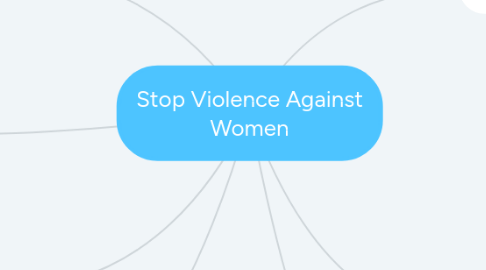Stop Violence Against Women
by Ethan Dawkins

1. Talking to men who are using violence against women
1.1. If you talk to someone you think is violent to women, they will probably tell you to mind your own business, make excuses or deny it. If you see violence and abuse, and you feel safe, talk about the behaviour you have seen: “You are my friend but I think the way you criticise and intimidate her is wrong.”
2. If a woman has told you about violence against her
2.1. Remember: if you only know about the violence because the woman has told you about it, check with her first before saying anything to her partner. Her partner could become more violent if he thinks she has told someone about the abuse.
3. If you find out about violence
3.1. If you find out about violence, you can: talk to the woman and let her know you are willing to help her — find out what help is available to her and offer to help her access support talk to a group of the perpetrator’s friends and/or a group of the victim’s friends and develop a group response.
4. Act! Get involved in violence prevention
4.1. There are many things you can do to stop domestic violence and abuse before it happens. Read up on what you can do to help prevent men’s violence against women from happening in the first place.
5. tips for speaking out
5.1. If you are with friends and someone says something that makes you uncomfortable or that you feel is wrong, you can say: “I’m not sure what you mean. What did you say?”
5.2. Sometimes people forget they are talking about a real person. To remind them and change the conversation, you can say: “What if this was your sister/daughter/son?”
5.3. Give your opinion to show your disapproval: “I believe abusing a woman is wrong.”
5.4. If you are with a group of people, you’re probably not the only one feeling uncomfortable. Let others know they are not alone and encourage them to speak up by asking: “Am I the only one uncomfortable with this?”
6. Safely intervene when you see violence happening
6.1. call the police
6.2. be a witness — stand somewhere close but safe so the violent person knows they are being watched
6.3. ask for help from people near you.
7. Students and young people
7.1. If you are a student or young person, speak to someone you trust, for example a teacher or doctor. Tell them what you know and ask them to do something or ask them to advise you on what you should do.


